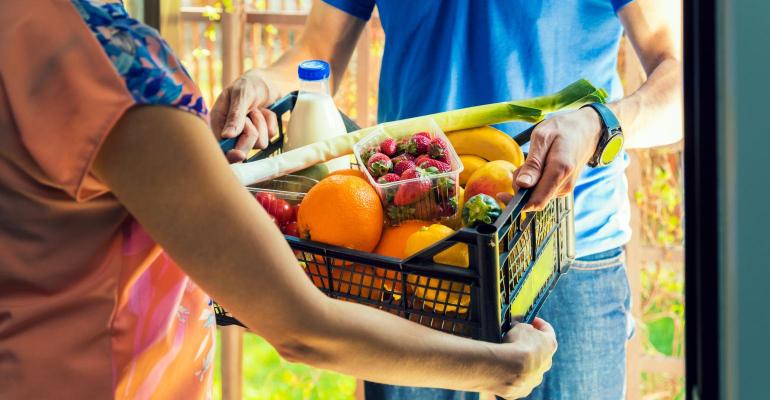Carnegie Mellon University College of Engineering researchers (CMU Research) released its latest findings looking at the impacts of grocery delivery on energy use, emissions, and traffic congestion — including whether there might be a better way to manage and optimize deliveries. What it found is that grocery delivery was less energy efficient than people shopping for products themselves.
The research aims to provide a new set of insights for organizations to integrate into ecommerce and grocery delivery trends for long-range, and more sustainable transportation planning.
The global pandemic created a surge of ecommerce purchases and online grocery delivery services out of necessity, and many of those fulfillment methods are still being used today.
“Right now, most people go to the grocery store on their way home from work, or during off-peak hours,” said Destenie Nock, an assistant professor of civil and environmental engineering and engineering and public policy.
This is beneficial because it reduces congestion on the roadways, and it turns out that most consumers are already trying to optimize their grocery trips, according to Nock.
CMU Research experimented with optimal delivery routes using publicly available data from the Puget Sound Regional Council (PSRC) in Seattle, Wash. In short, the model treats the flow of vehicles traveling from one area to another like a fluid.
Researchers experimented with other factors including:
- Batch size: How many grocery deliveries are made in one delivery route?
- Substitution rate: Are online deliveries being substituted for personal grocery trips?
- Penetration rate: How many people in a given area are using online delivery?
- Delivery time: Are orders being delivered during peak-hour travel times?
- Grocery store location: Is the customer ordering from the closest grocery store to their home?
- Trip type: Was the grocery trip made on the way to other destinations or directly from home and back?
Although some of these factors were altered, it showed little improvement in energy usage because deliveries replaced grocery trips when consumers were on their way home from somewhere else. Additionally, even with high batch sizes, the results were net increases in emissions and energy usage.
The research also suggests that reduced congestion is possible when consumers buy from grocery distribution locations close to home for off-peak delivery times instead of shopping in person for groceries. The local government and industry could potentially encourage off-peak delivery times as well, in addition to bulk delivery orders, and closer delivery locations.





